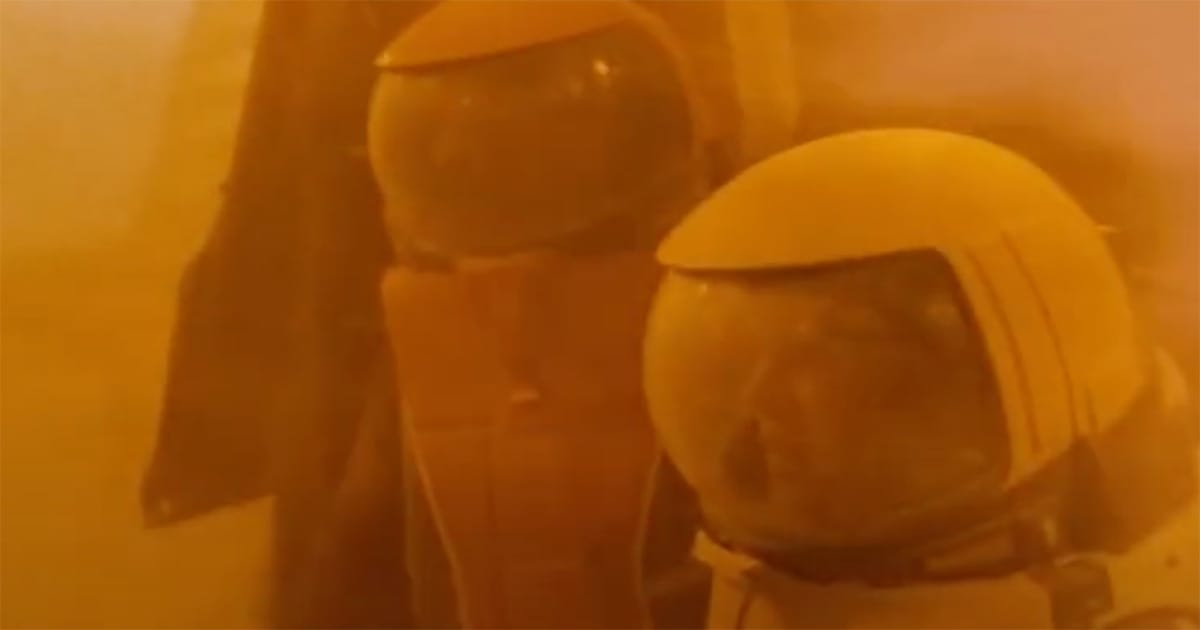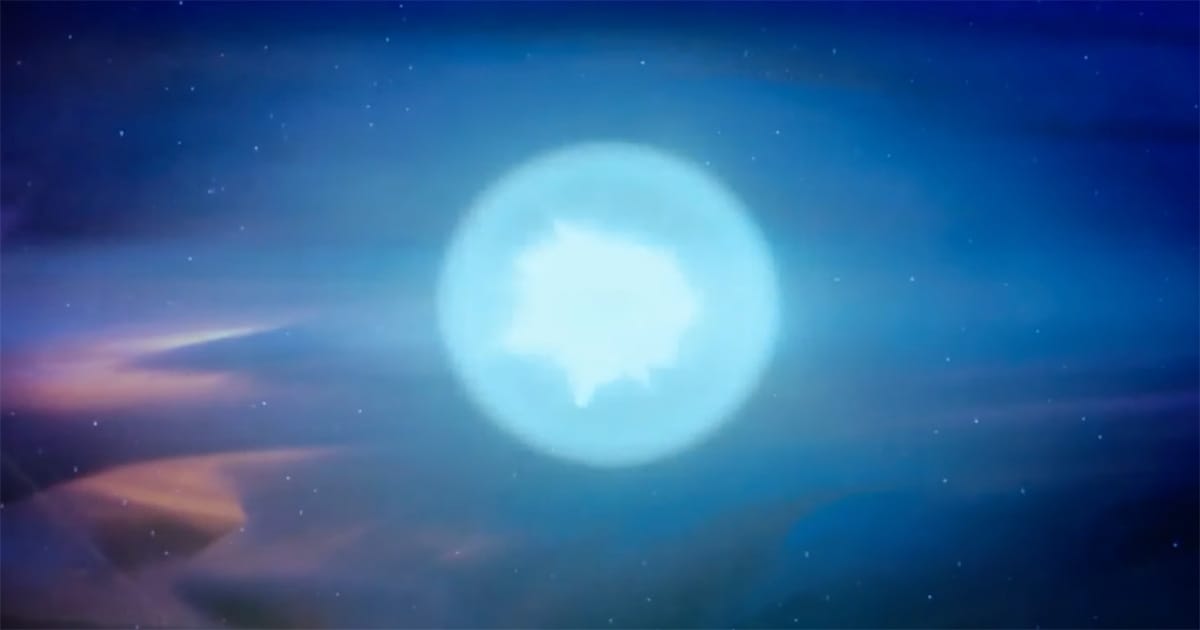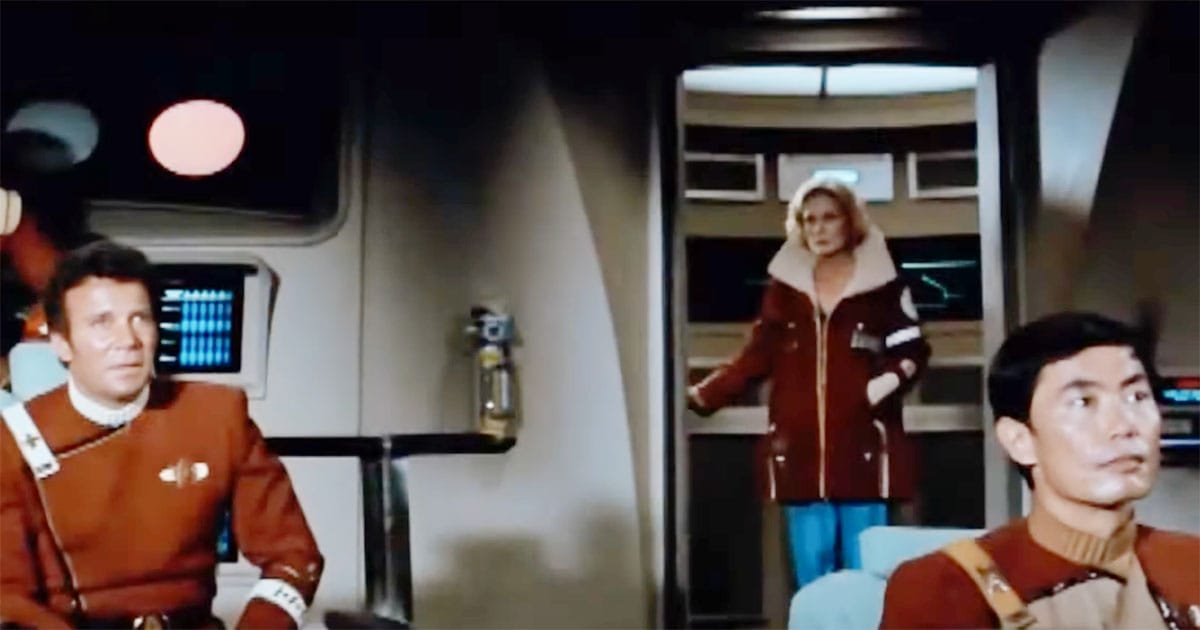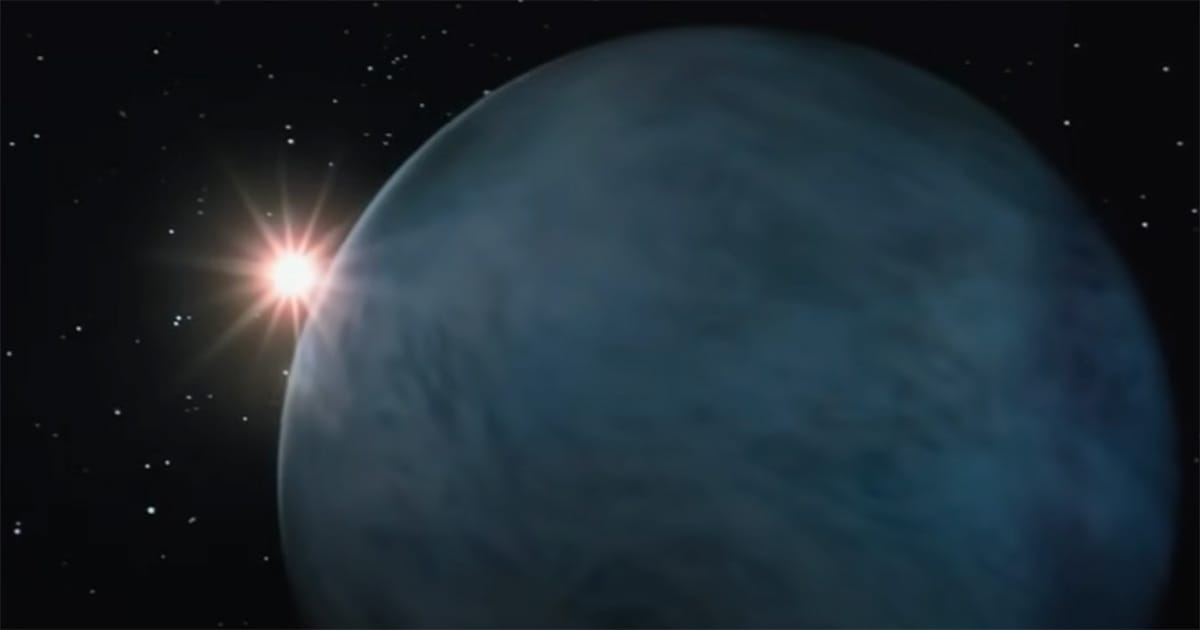What if Khan Had Used Genesis to Rebuild Ceti Alpha V?
Khan reshapes Ceti Alpha V with the Genesis Device in this "Star Trek II: The Wrath of Khan" what-if, exploring how salvation turns to tyranny when creation is claimed by ambition.

In the climactic moments of "Star Trek II: The Wrath of Khan," the genetically engineered tyrant Khan Noonien Singh activates the Genesis Device aboard the crippled starship Reliant. His final act is one of pure vengeance, meant to annihilate Admiral James T. Kirk and everyone aboard the Enterprise. But what if, instead of sacrificing himself in a last gasp of wrath, Khan had escaped with the Genesis Device and returned to the barren world of Ceti Alpha V?
This alternate scenario opens the door to a different legacy for both Khan and the Federation. Rather than a martyr of revenge, Khan becomes a creator with the power to reshape entire worlds.
The Genesis Device, intended as a tool for exploration and renewal, becomes an instrument of imperial ambition. In this imagined path, we explore the collision of survival, unchecked dominion, and the enduring lesson that absolute power rarely serves the hand of mercy.
Ceti Alpha V Reimagined: Terraforming or Hubris?
When the crew of the Reliant first revisits Ceti Alpha V in "Star Trek II: The Wrath of Khan," they find a landscape bleached by fury and time. Years earlier, the neighboring planet Ceti Alpha VI exploded, shifting Ceti Alpha V's orbit and turning a once-marginal world into a desolate wasteland. Storms sweep across barren sands. The ecosystem lies broken. Most of Khan's followers have perished, leaving only a small, bitter remnant.

Had Khan returned to this ruined world with the Genesis Device, the narrative would have taken a sharply different turn. The technology, designed to reorganize matter on a planetary scale, could have rebuilt the soil, rebalanced the atmosphere, and given Ceti Alpha V a second chance. But the device was never tested on inhabited worlds. Its effects, while breathtaking, remained unpredictable. Would the transformation have succeeded, or would it have annihilated the very survivors Khan meant to save?
For Khan, the appeal of playing savior would likely have rivaled his thirst for revenge. He might have viewed Genesis as the final proof of his superiority, not only over Kirk but over the natural order itself.
Rebuilding Ceti Alpha V would have cemented his role as both ruler and redeemer. Yet, this act would blur the line between vision and vanity. Giving life through force is no less dangerous than taking it. The followers who once trusted Khan as their leader might find themselves bound instead to a god of shifting terrain and unstable ground.
Khan's Empire: A Dictator with a God Machine
Had Khan succeeded in reshaping Ceti Alpha V with the Genesis Device, he would not have remained a solitary figure brooding in exile. Instead, he would have emerged as the sovereign of a new world, forged not by time or evolution but by will and technology. The transformed planet would reflect not only a revival of nature but also a monument to Khan's ambition.

Khan's superhuman intellect and charisma were already evident when he first appeared in "Space Seed" and later in "Star Trek II: The Wrath of Khan." Give such a man the ability to craft paradise from desolation, and you give him more than a throne. You give him myth. The Genesis Device would become more than a tool. It would become the symbol of his divine right to rule.
With a habitable world under his control, Khan could draw survivors, mercenaries, and ideologues disillusioned with Federation ideals. His regime might offer strength, order, and purpose in a galaxy often bound by bureaucratic restraint. Militarily, his influence would expand. Technologically, he would pursue mastery over Genesis itself, perhaps modifying or replicating its effects.
For the Federation, this would not be a distant curiosity. A thriving Ceti Alpha V under Khan's command would sit like a loaded phaser near critical trade routes and neutral zones. Starfleet would be forced to choose between confrontation and containment. The dream of Genesis, once imagined as a hope for a new life, would become a wedge dividing peace from peril across the quadrant.
The Federation's Dilemma: Deterrence or Diplomacy?
The Federation was already wary of the Genesis Device even before Khan seized control of it.
Designed to reorganize lifeless matter into habitable ecosystems, its potential as a weapon loomed in every briefing. In the hands of a rogue tactician like Khan, its implications would have forced Starfleet into a state of constant alert. A man capable of creating worlds could just as easily unmake them.

If Khan had succeeded in terraforming Ceti Alpha V, Starfleet would not have faced a clean military target. They would have faced a political paradox. Should they strike a sovereign world teeming with life, even if ruled by a hostile force? Or should they negotiate with a warlord in possession of technology that defied containment?
This situation would likely mirror the uneasy balance of power seen during Earth's own Cold War. The Federation might deploy vessels to monitor Khan's activities, establish red lines, and debate clandestine operations. The Enterprise crew, especially Kirk, Spock, and Carol Marcus, would be drawn back into the center of the storm—not for revenge, but for resolution. Carol, as one of the Genesis creators, might advocate for diplomacy. Kirk, scarred by past losses, might not trust in restraint.
The true danger of Genesis may not lie in its capacity to destroy but in its ability to empower. In the hands of a despot, creation itself becomes a lever for domination. For the Federation, the question would no longer be who controls Genesis, but whether such power should exist at all.
Paradise Lost, Power Gained
In this imagined reality, Khan Noonien Singh becomes more than a fugitive or a martyr. He becomes a creator wielding the fire of Genesis, bending nature itself to his will. What was once designed as a promise for exploration and renewal becomes, in his hands, a mechanism of dominion.

The story no longer centers on revenge but on transformation—of world, of purpose, of man. Khan would not have merely survived. He would have redefined existence on his own terms, cloaking tyranny in the guise of salvation.
Such a path sharpens one of science fiction's oldest questions. If a man gains the power to build Eden with the press of a button, who keeps him from becoming its serpent? When creation is no longer divine but technological, accountability does not vanish. It only becomes harder to trace.

